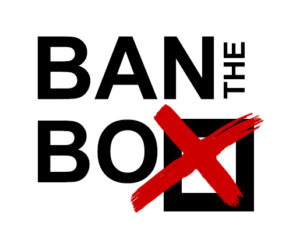When something RIGHT goes WRONG (part 1)

When something is not working, we want to fix it. When something causes harm, we want to stop it. The impulse to make it better is a good one. But sometimes, reforms backfire. Sometimes what we try to fix gets worse in the fixing.
Consider the Ban the Box reform. What a great idea! Get rid of the box at the end of a job application that requires checking if the person had ever been convicted of a felony. This checked box, reformers believed, caused widespread discrimination. Even before the candidate’s qualifications could be evaluated, the checked box gave the potential employer an immediate reason to reject the applicant.
The Ban the Box movement was incredibly successful. Nationwide, thirty-three states and more than one hundred cities banned the box. But, as the painstaking research of Rutgers economist Amanda Agan illustrated, removing this information from job applications did not prevent employers from wanting this information. In the absence of the box, they used another characteristic to discriminate: race.
In an audit study, Agan and a colleague sent 15,000 online job applications for entry-level jobs on behalf of (fictitious) young male applicants both before and after Ban the Box laws went into effect in New Jersey and New York City. On the applications, the researchers randomly varied whether the applicant had a felony conviction and whether the applicant’s name was “distinctly Black or white.” The results were stunning: The gap in employer callbacks between Black and white applicants grew significantly after Ban the Box. With the box, the white advantage for callbacks was seven percent; without it, that advantage leaped to forty-five percent. Without Box evidence, employers “inferred” whether the applicant might have a criminal record. Their inference? Black men were most likely to have convictions. Thus Black men—or rather those with “distinctly Black” names—were disadvantaged. This would include many with no criminal records at all. Their “crime” was being Black.
The employers themselves were not being any more racially biased than the criminal justice system itself, where racial inequality is well documented at every level, from policing to prosecutorial decisions to sentencing. The employers were right. It was more likely for a young Black man to have encounters with the law than for a young white man. Playing it “safe,” in the absence of documentation, they chose not to call back the Black applicants. And so Ban the Box, which had been designed to level the playing field, did the opposite.
I write about the search for employment after incarceration in my book, Free: Two Years, Six Lives, and the Long Journey Home.






0 comments
Kick things off by filling out the form below.
Leave a Comment